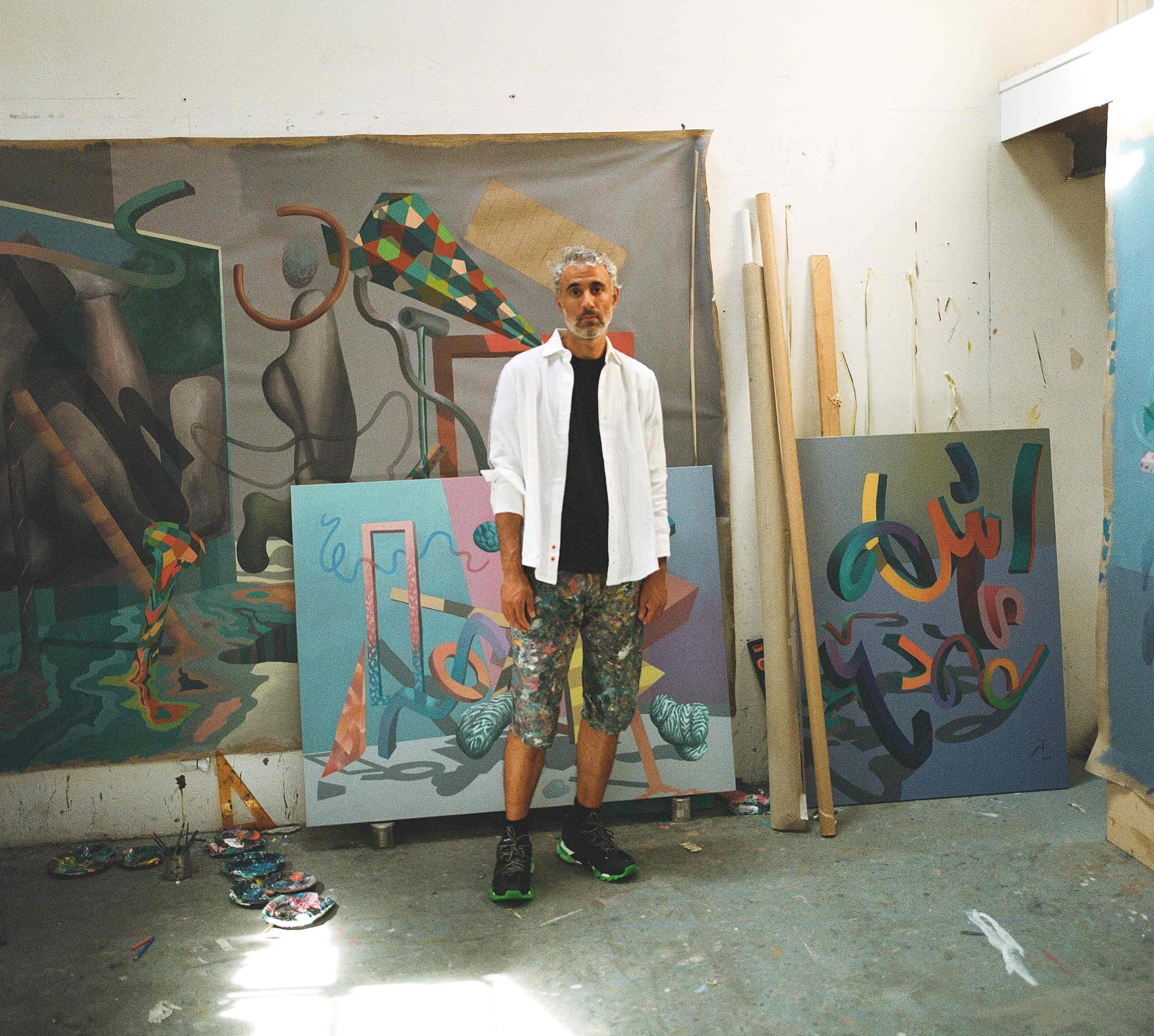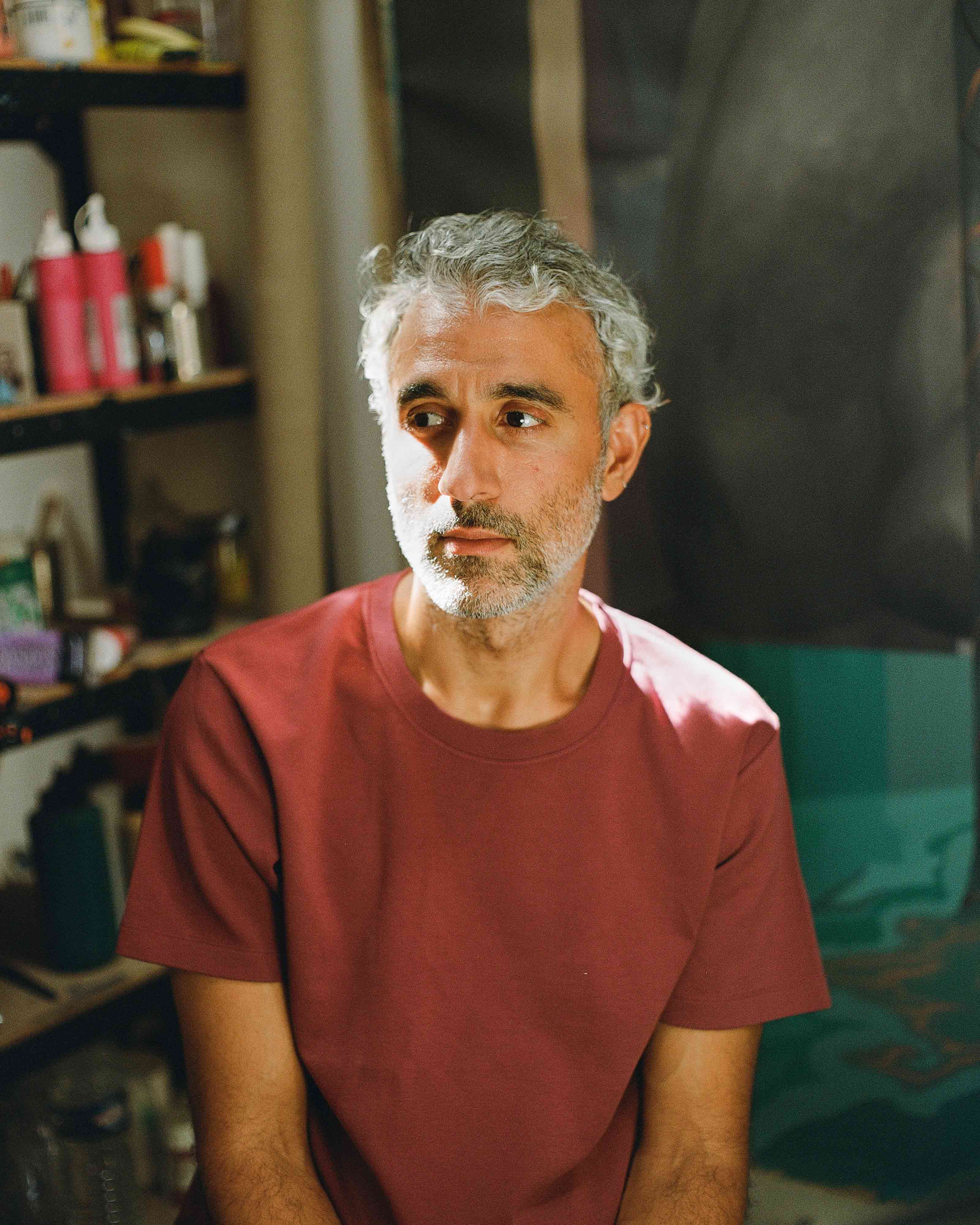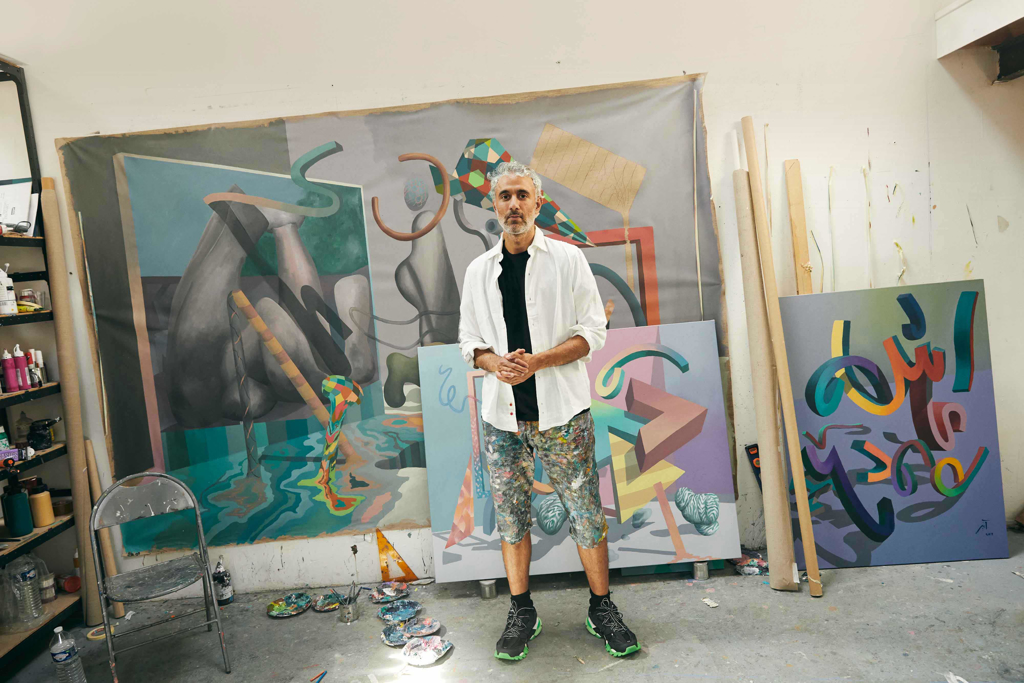
The Studio Visit... Athier Mousawi
Trained at London’s Central Saint Martins and based in Paris, British-Iraqi painter Athier Mousawi’s paintings are quite literally a melting pot of cultural influence and experience. His large scale, swirling works of colour and form fuse the technicality of graphic design with the richness of his cultural heritage, combining to form his dynamic aesthetic. Here he tells us about the process behind his work.
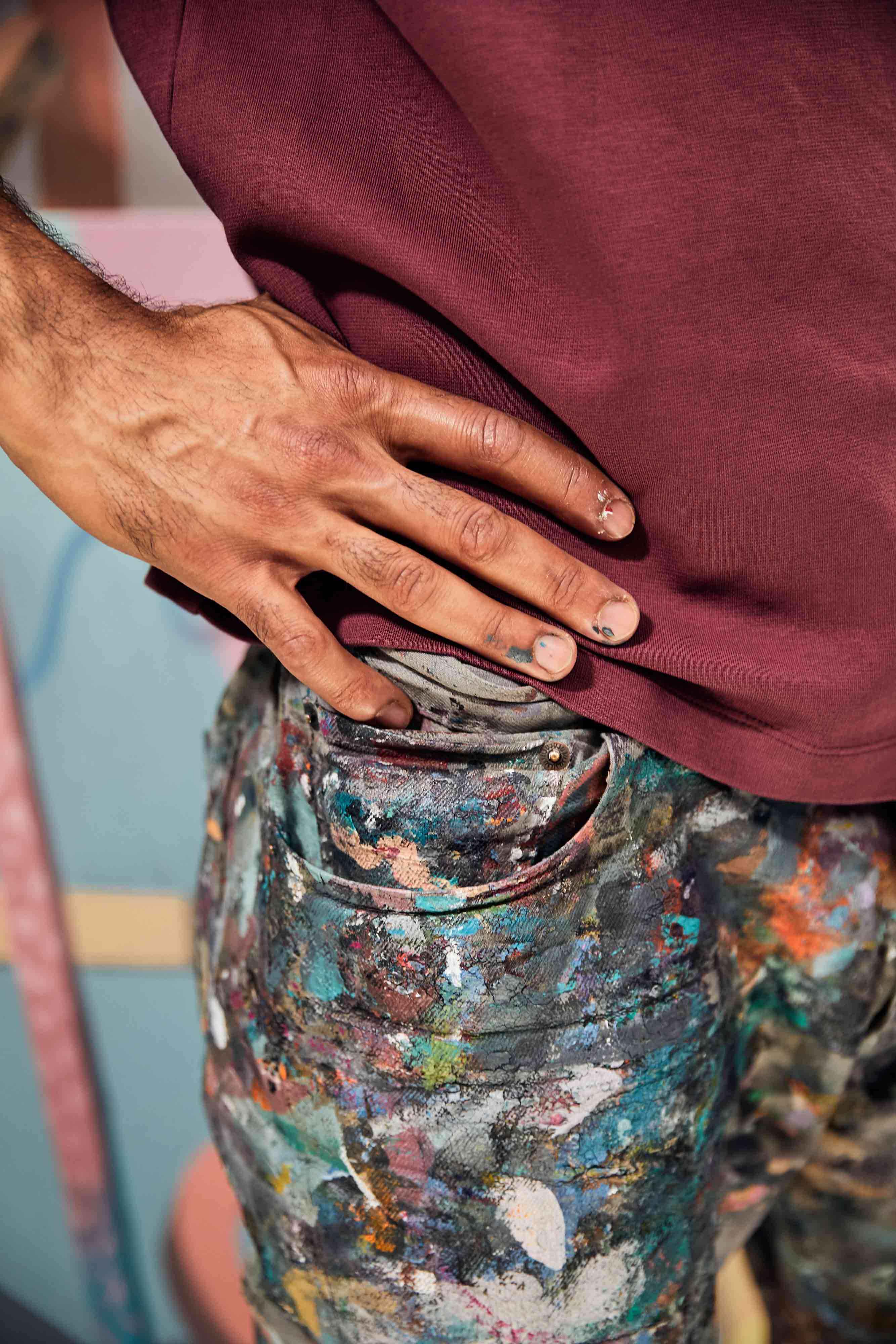
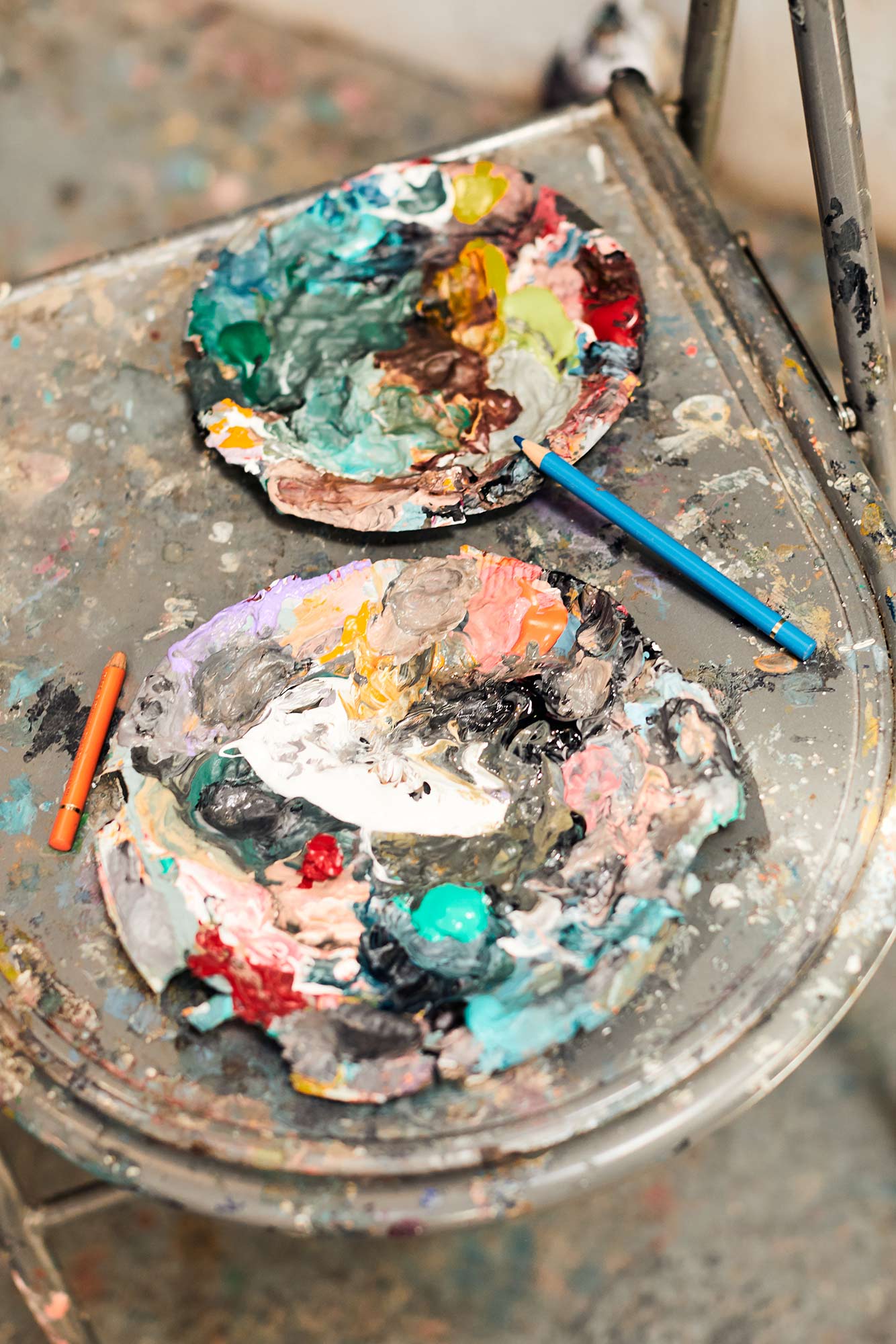
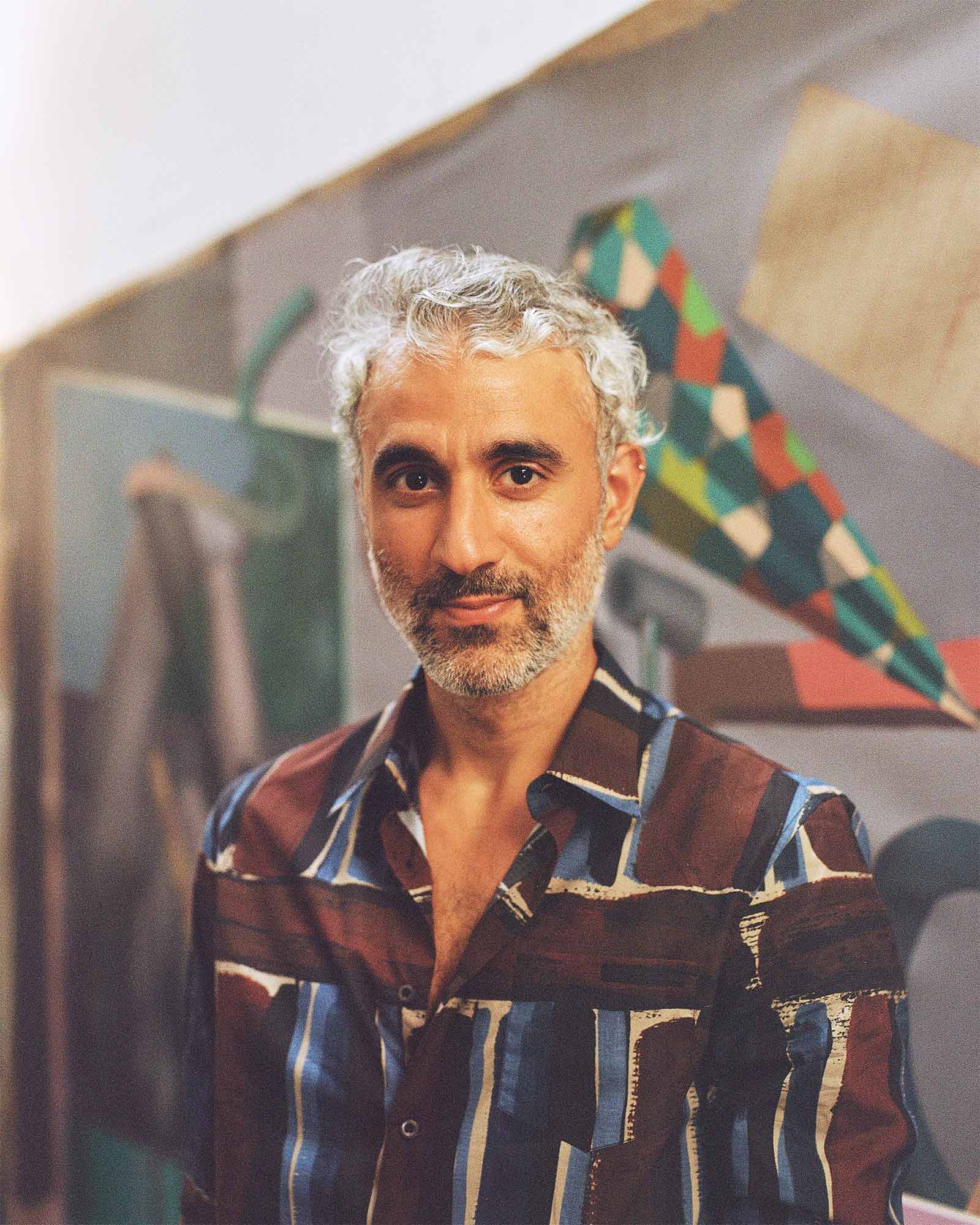
Where did you grow up and how has your background influenced you and your work?
I’ve always identified myself as a British Iraqi, despite living in Paris now and only ever briefly living in Baghdad. But for a more simplified and probably more rounded answer I usually just say I’m a Londoner. My background is of course a huge part of my aesthetic, how I approach my work and where I want my work to go: the symbols, colours, tones and textures. The forms and motifs are all formed by the collision and collaboration of these multiple identities.
How did you become an artist?
Having completed my MA at Central Saint Martins, I spent a few years in London finding my feet. I was working as creative director of a magazine, doing freelance illustration work and teaching with the British Museum for much of the time. On a whim I moved to Paris to take a studio and pursue a couple of ideas I had. By the end of that year I’d had my first show, and loved the experience so much that I decided to focus all my energy into producing art.
You have a very distinct aesthetic. How did that develop?
I trained as a graphic designer with a focus on illustration, so all of my early work had the rigidity and cleanliness of computerised compositions. My lines and colours didn’t move organically. Slowly, over time, I began reading the world through the eyes of a painter. It’s a process which is nowhere near complete, and one which is always continuing.
Where do you begin when starting a painting?
I tend to begin with writing. I ask questions and rather than search for answers, I search for visual interpretations of those explorations. My first sketches are generally as crude as my handwriting, but the DNA is all in there: it’s just a matter of filling in the fat and bones and muscle around it. Then I tend to create digital 3D models and it gets all technical.
What would you say are your primary influences creatively?
In life, I have a number of painters who I am excited by, from Bruce Mclean to Jonas Burghert, for different reasons. For these current works, a lot of the influences comes from crude early 90’s MTV graphics, the Memphis movement of design and various artists such as Barbera Kasten who created similarly loose and floaty compositions.
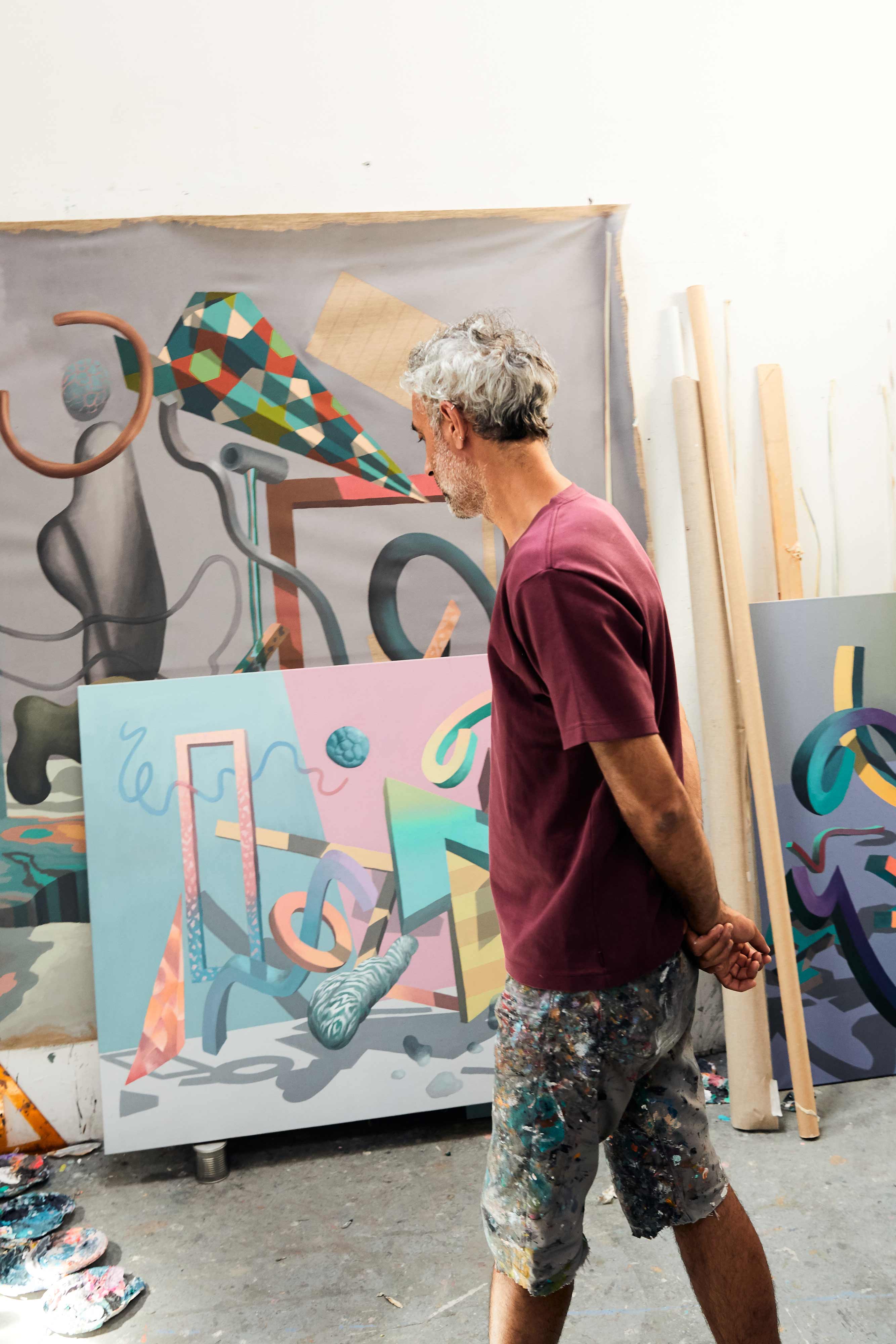
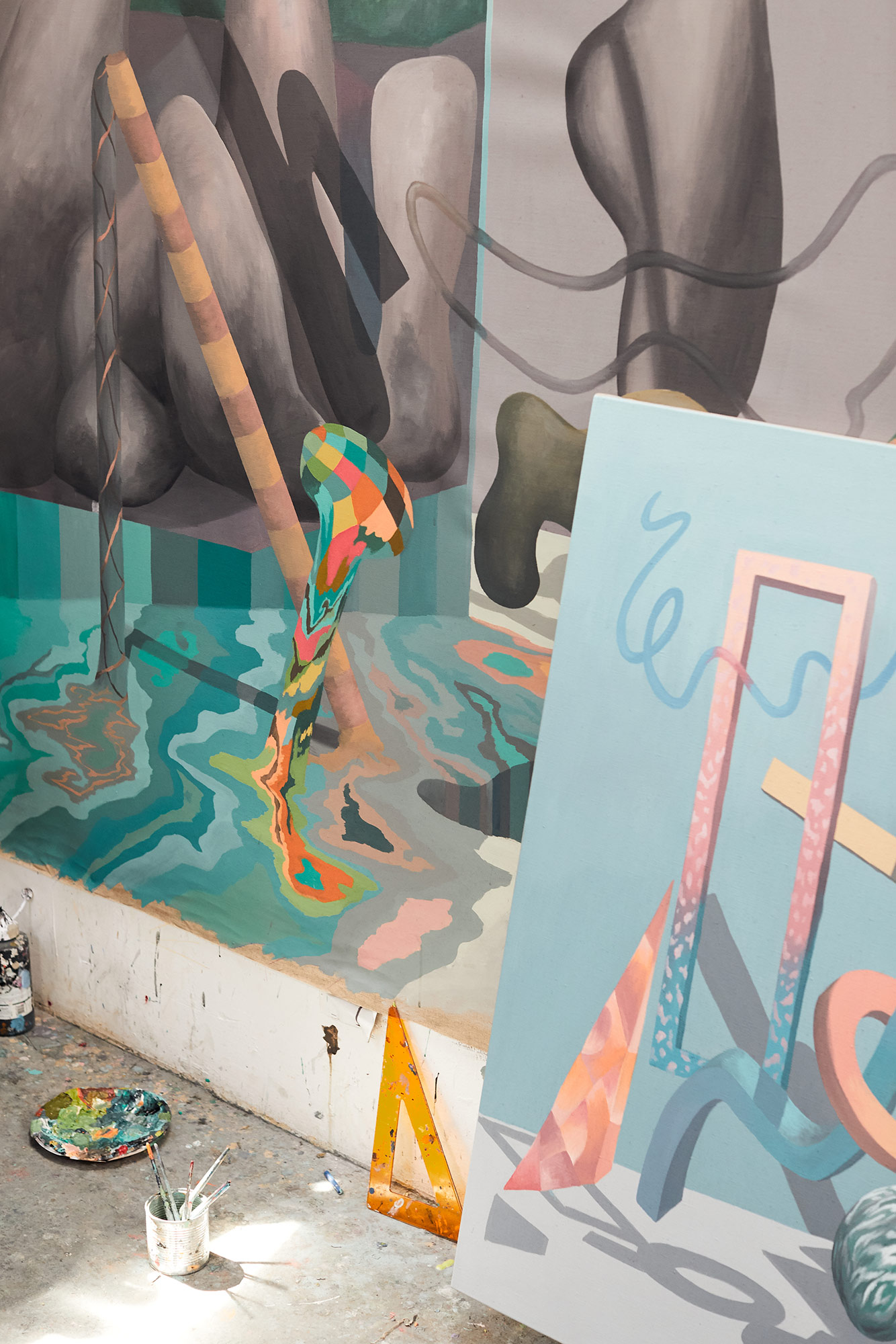
What makes your job exciting?
There’s a Bob Dylan quote in Lay Lady Lay where he sings «whatever colours you have in your mind, I’ll show them to you and you’ll see them shine». When the colours shine, that’s when it’s exciting.
What’s your daily process in the studio?
Depending on which phase of a painting I’m in it varies. The beginning is always fiercely intense and full of optimism, the later stages are more calm. Then I’m more looking for small glimmers to appear for me to work into. It’s essentially a constant game I’m playing against myself. It’s never easy, but it’s also never impossible.
What’s the most important quality for an artist to have?
A certain level of mastery of your craft, an explorative imagination, an ego, determination, a narrative and some sort of business acumen, because no one will ever care about your career as much as you do!
What things do you always have in your studio?
I feel very grateful to say that I always have fantastic light.
Do you listen to music whilst you work? If so, what kind of music?
I grew up on UK house and garage and hip hop, so anything like that really. Wookie, MJ Cole, Sticky, Todd Edwards, Daft Punk, Wu Tang Clan, NWA...
Where do you go when you need a break from work?
The river.
What’s your favourite thing about living and working in Paris?
The river.
Your favourite place in the city?
The river.
Who do you most admire? Creatively and/ or personally.
Kandinsky. He didn’t decide to be an artist. He arrived as a matter of necessity when he heard that Marie Curie had proved that at atom could be split. From there he felt that the world had been turned upside down and to respond to it as an artist was the only logical solution. Also, Ross Edgley, who swam around the whole of the UK! What a guy!
What’s the best way to cure a creative block?
Lift heavy stuff, climb, run or read.
What’s your greatest ambition?
To have a bigger role in the cultural voice of Iraq and to spend more time connected to it. And of course for my work to get better and more honest.
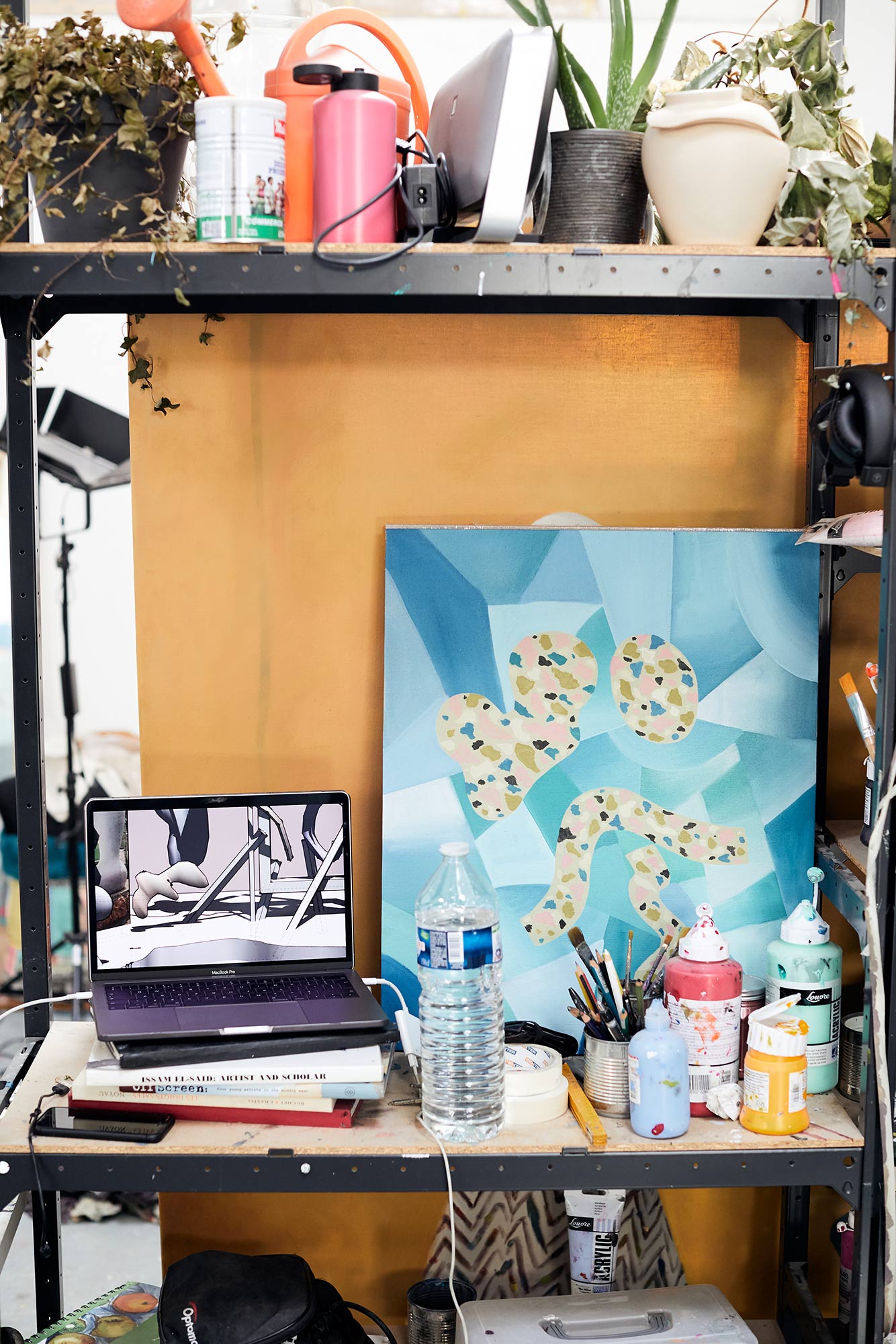
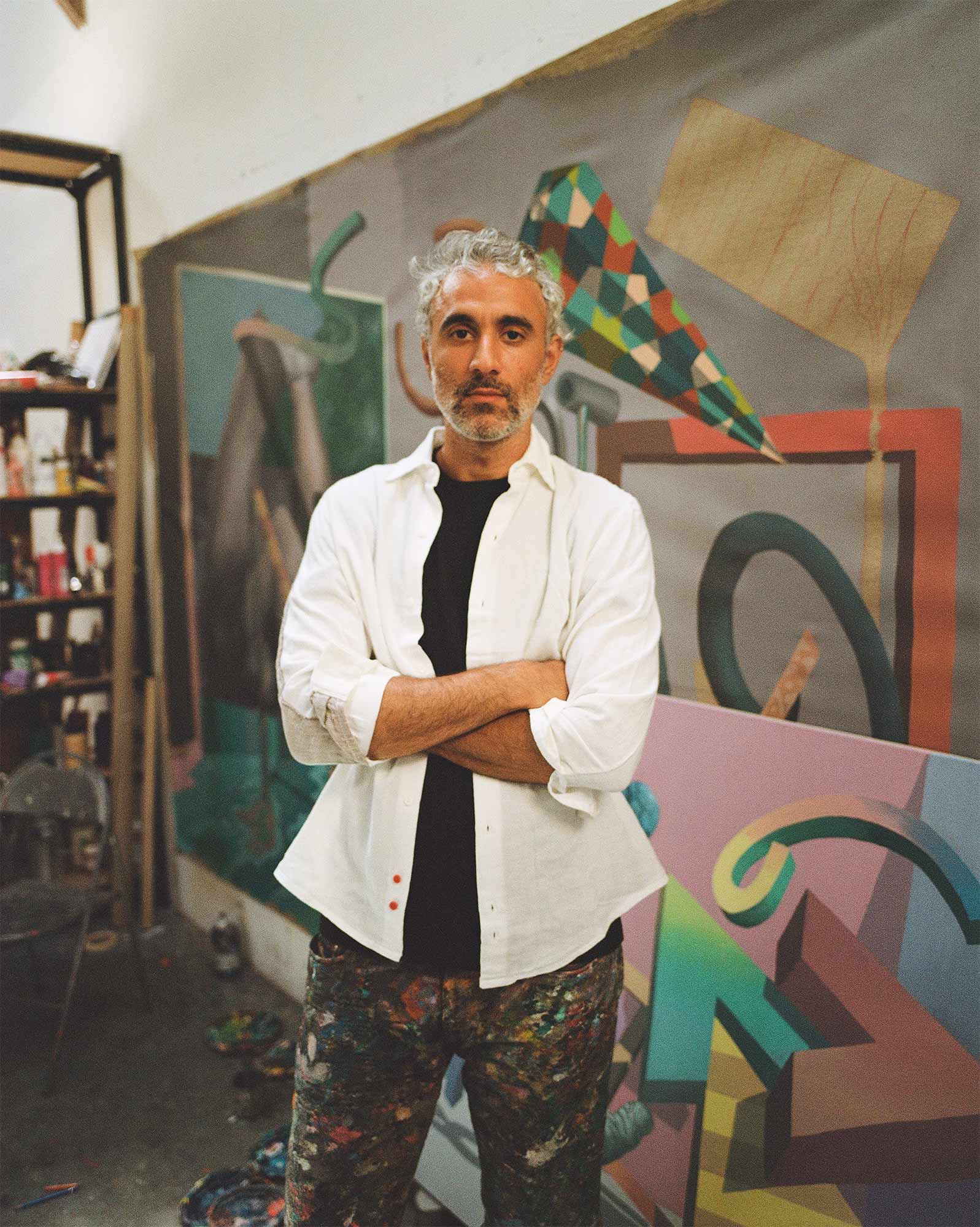
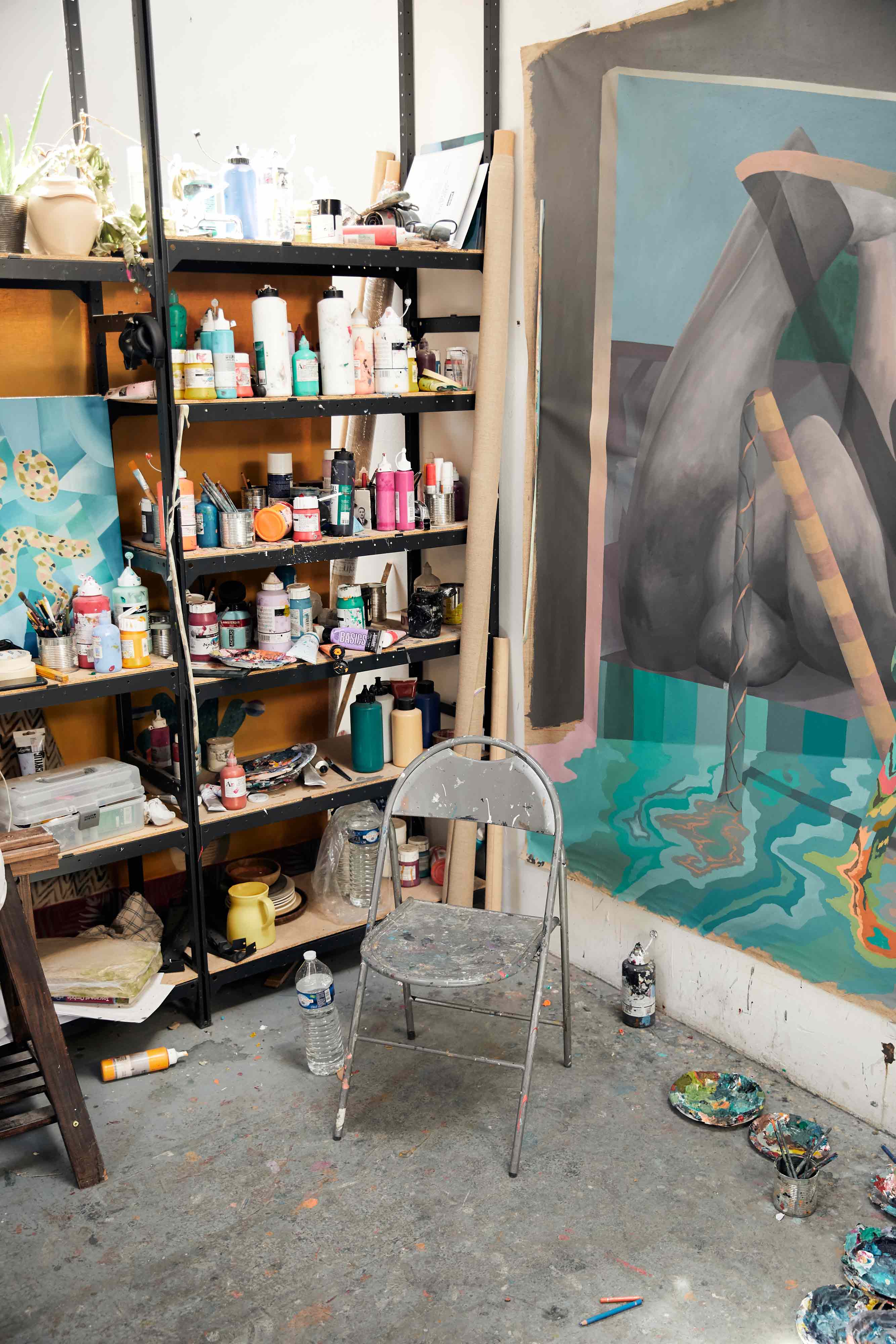
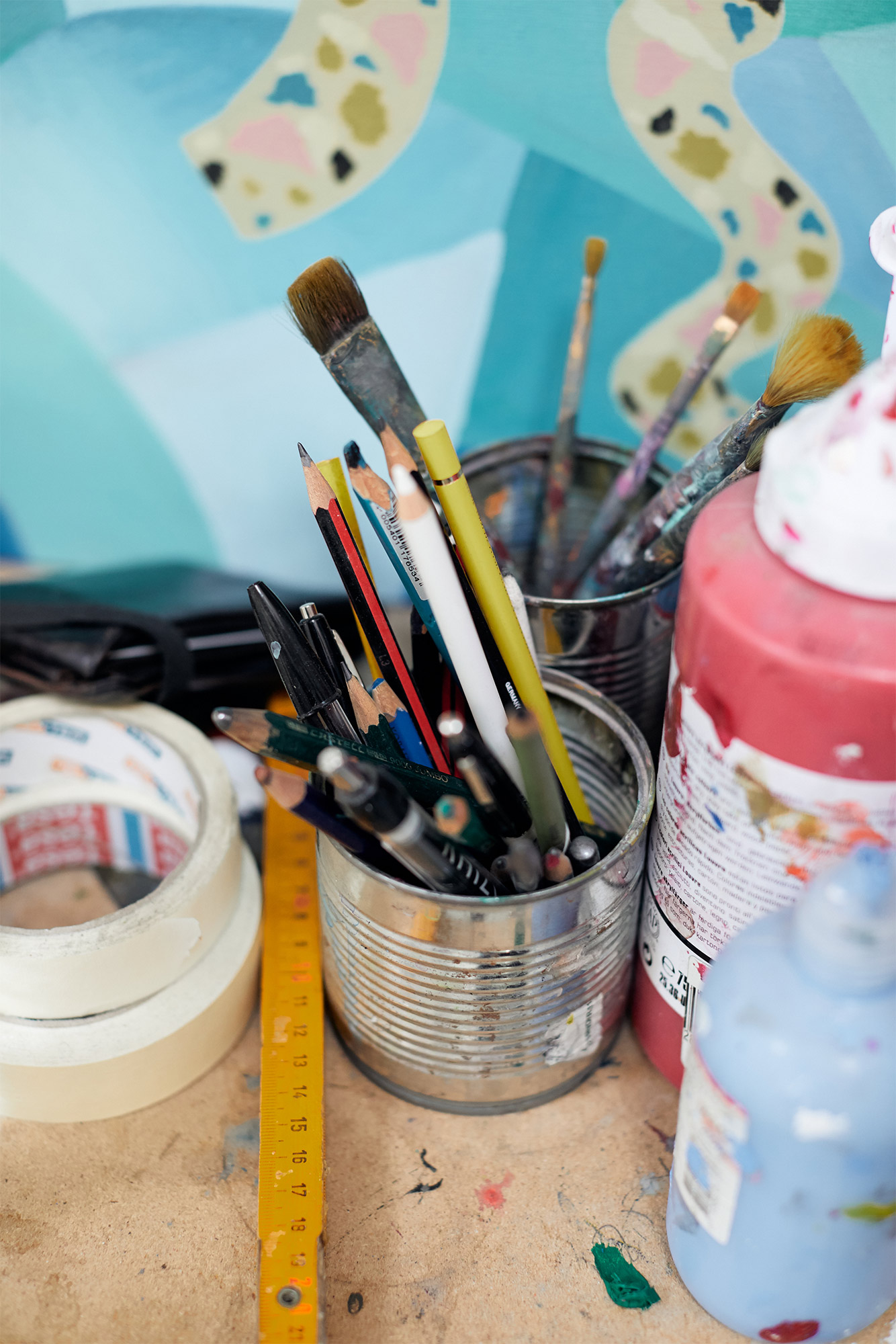
Photography by Jonathan Middleton
Interview by Georgia Graham
Styling by Sally Bottomley
